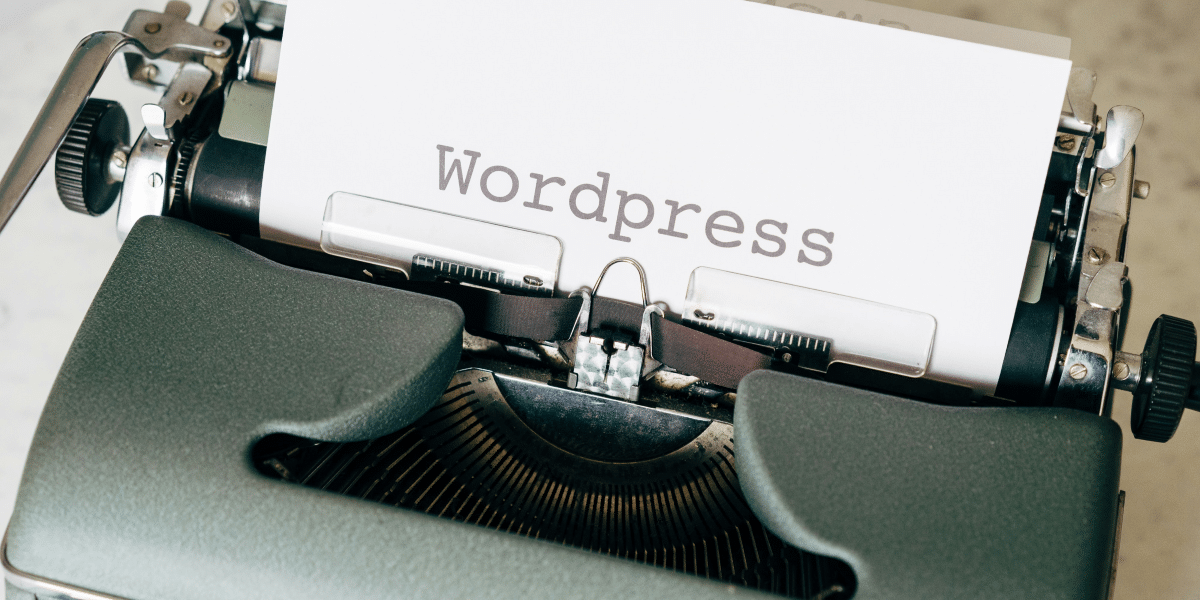Two common techniques that therapists use to treat mental health disorders are CBT (Cognitive Behavior Therapy) and DBT (Dialectical Behavior Therapy). Although these two methods are similar (DBT is in fact a form of CBT), they’re distinct in their approaches to treating patients.
CBT and DBT can be incredibly effective at treating mental health conditions and improving the quality of patients’ lives. Therapists around the world have been using these techniques to treat all kinds of mental health disorders, from depression and anxiety to bipolar disorder and post-traumatic stress disorder.
While some conditions can be helped by either CBT or DBT, others can only be improved by one of the forms of therapy. ADHD (Attention Deficit Hyperactivity Disorder) is considered to be something of a challenge because while some patients with ADHD react well to CBT, others aren’t affected at all and only get results through DBT.
CBT or DBT – which is better?
One form of therapy isn’t better than the other. When determining which form of therapy to use, it’s not a case of which one is more popular or which is best. When choosing the best type of therapy for a patient, the therapist needs to take into consideration the type of mental illness, the associated symptoms, the personality of the patient, and their limitations.
The major difference between CBT and DBT
While there are many similarities, the major difference between CBT and DBT is the way in which they change the thinking of the patient. Whichever form the therapist chooses to use, they help the patient develop a new set of skills they need to change their thinking, alleviate their symptoms, and improve their life.
CBT helps patients recognize their problematic thought patterns and provides them with the specialist skills they need to change these unhelpful habits. This, in turn, affects their behavioral patterns and improves their quality of life.
DBT allows patients to take control of their powerful emotions and improve the relationships they have with the people around them by accepting that some things are beyond their control and changing the things that are within their control.
It’s important to remember that just because a patient has a mental illness that is traditionally treated with a certain type of therapy doesn’t mean that’s the only option. CBT may have a track record of helping patients overcome anxiety. But if the standard CBT techniques aren’t having an impact on a certain patient, other forms of treatment, such as DBT, are always worth considering.
CBT is more effective at treating:
- Depression
- Anxiety
- Phobias
- OCD (Obsessive Compulsive Disorder)
- PTSD (Post Traumatic Stress Disorder)
DBT is more effective at treating:
- Self-harming behaviors
- Substance abuse
- Borderline personality disorder
- Suicidal ideation or behaviors
Why does the treatment depend on the patient?
Every person is unique and a culmination of their history, experiences, beliefs, relationships, behaviors, and many more factors. Because of this, what works for one patient is never guaranteed to work for another. When a patient walks into a therapist’s office, they bring with them countless personal factors and individual views about the world that need to be taken into consideration before therapy can begin.
No matter how old a patient is, the childhood they experienced greatly affects the person they are today. Their family unit, childhood interactions, the way they were treated, education, and childhood memories all shape the person they are now and the way they process their emotions, relationships, and information.
Most adults diagnosed with ADHD developed the condition when they were a child. The longer a mental illness such as ADHD goes untreated, the more difficult it is to improve the symptoms and support the patient. This is something that needs to be taken into consideration when helping a patient learn time management skills or how to focus in a conversation.
Crux:
Research conducted by the American Psychological Association reveals that patients who collaborate with their therapist regarding the treatment and give feedback on it are more successful in treating their mental health disorders.
There’s no simple answer when it comes to whether CBT or DBT is the best form of therapy to treat ADHD. It all comes down to the patient, their past experiences, and their commitment to getting better.










